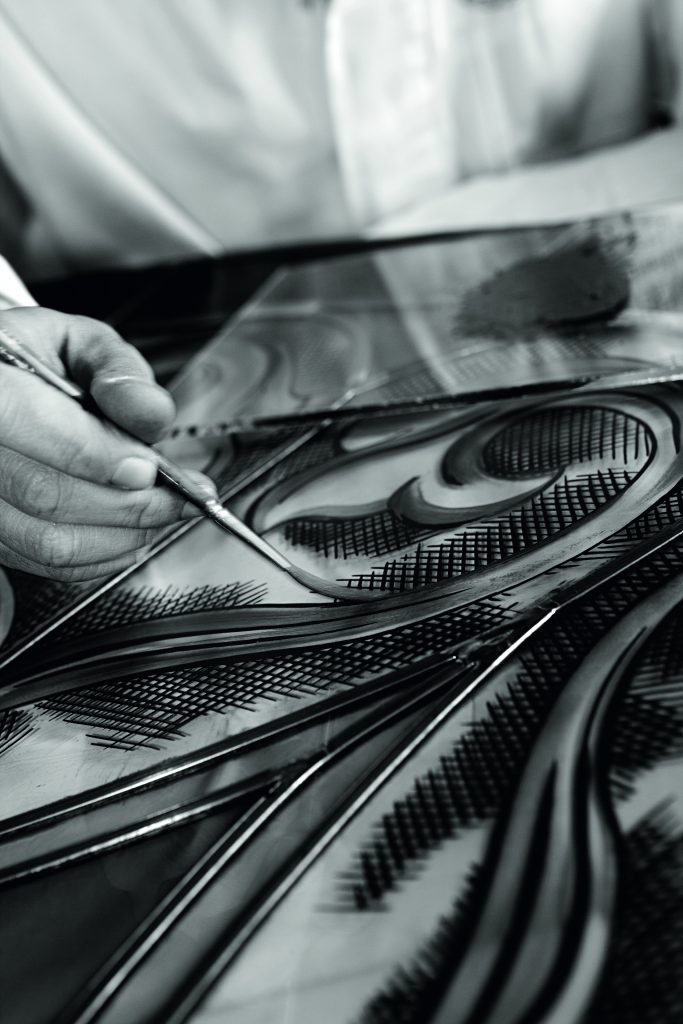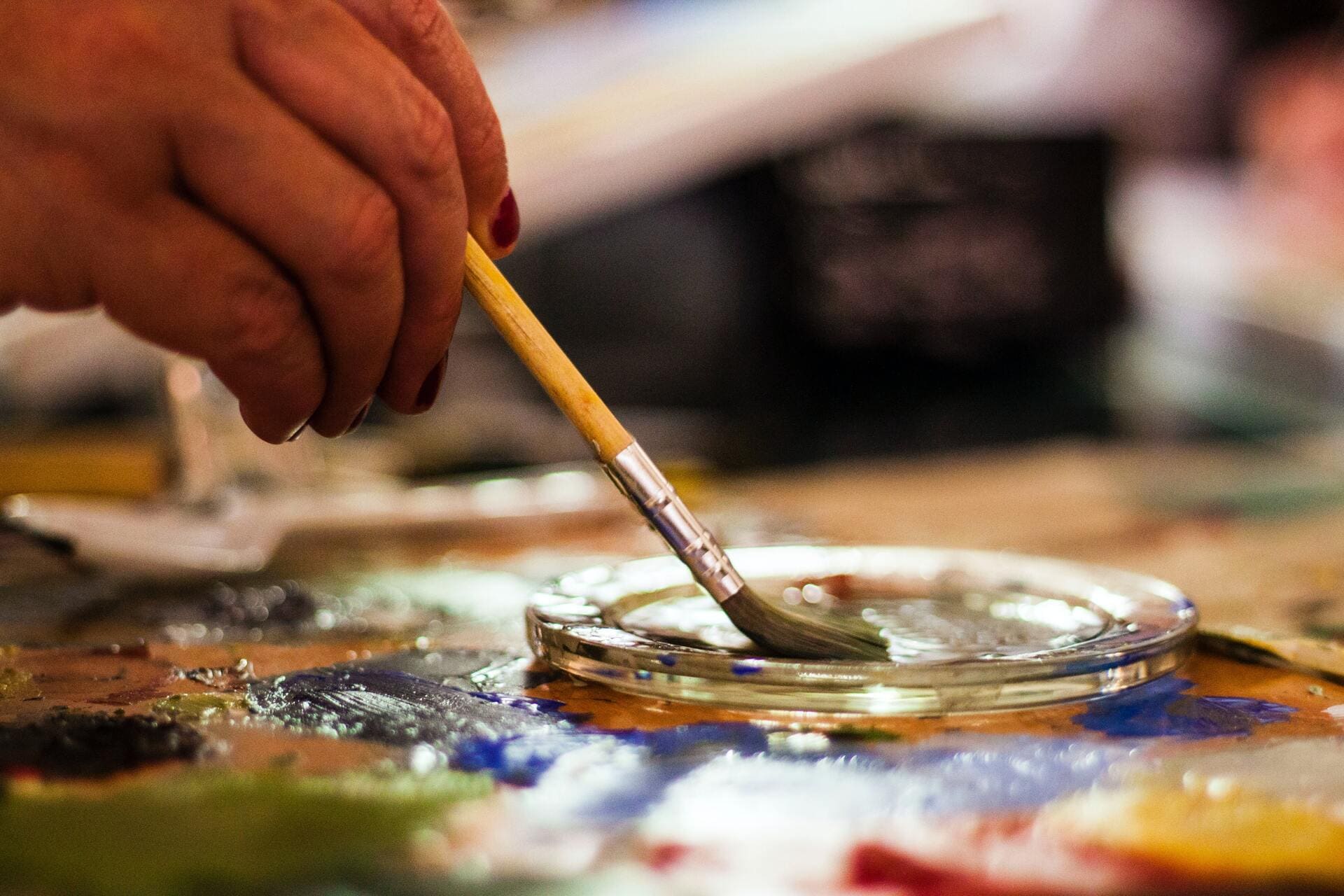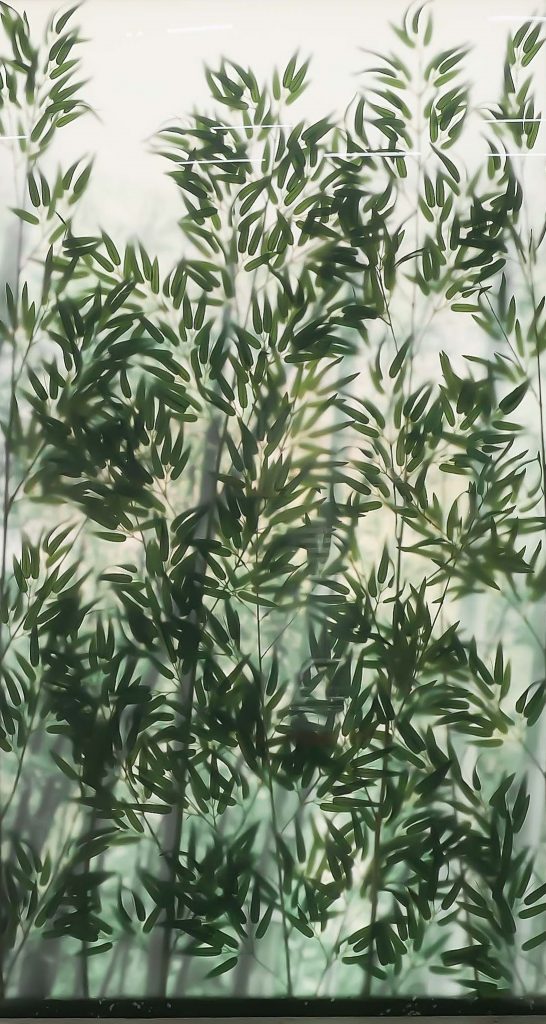The Lab
The lab is the physical place in the company where ideas come to life and materialise. When I am asked to realise something new, I start by imagining how I can do it. I access my mental store of experience and knowledge.
Then I go down to the lab and look for everything I might need to materialise the request as if it belonged to me, as if I had to make it for myself. As I carry out these preliminary operations, my mind and intuition lead me to visualise the thread of creation. Which means the set of images and technical details that will lead me to the concretisation of the work.
Here the people who collaborate with me come into play. If I have the tools, the possibility and the time, I start the operational phase myself, otherwise I give directions to my collaborators. I talk to those who are most competent according to what I have to create, I explain how the request should be realised. This is where the synergy is triggered. In the lab you need receptive people who know how to grasp the various aspects necessary to arrive at the finalization of the artistic project.
People are not all the same; to pretend to standardise them would be impossible. In my lab I differentiate tasks and, at times, I can be intransigent in my requests, but I have never demanded something that I would not be able to do.
At this point, the tests begin. The work takes several days and, as you progress, you assess whether you are on the right track or whether you need to change it. The process consists of trial and error until the request comes to life. Then I evaluate it and, if I am satisfied, I show it to the customer.
Sometimes it happens that it is the customer who proposes changes in the construction of the piece, and it may happen that these changes may affect the aesthetic balance of the work. In these cases, it is my duty to warn him of what might occur.
His judgement is ultimately what counts, however.
It is the positive challenge that fuels the desire to create and give more.



